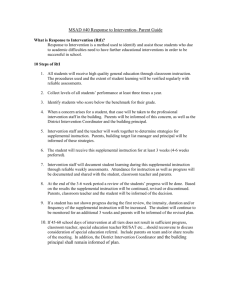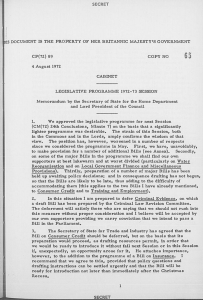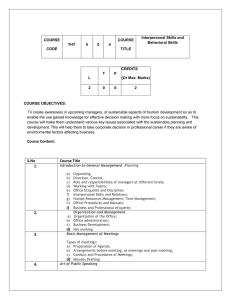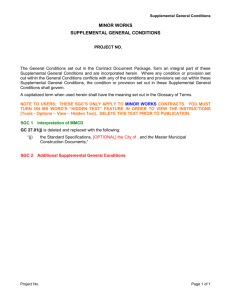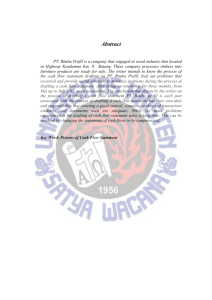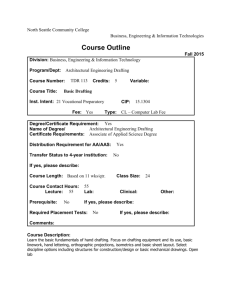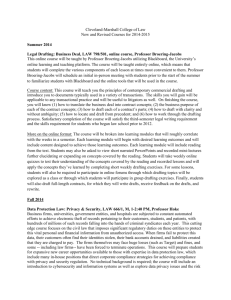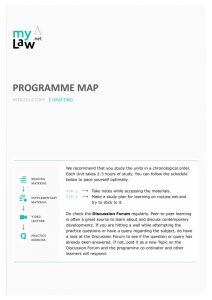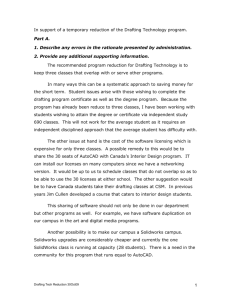Position Paper Guidelines
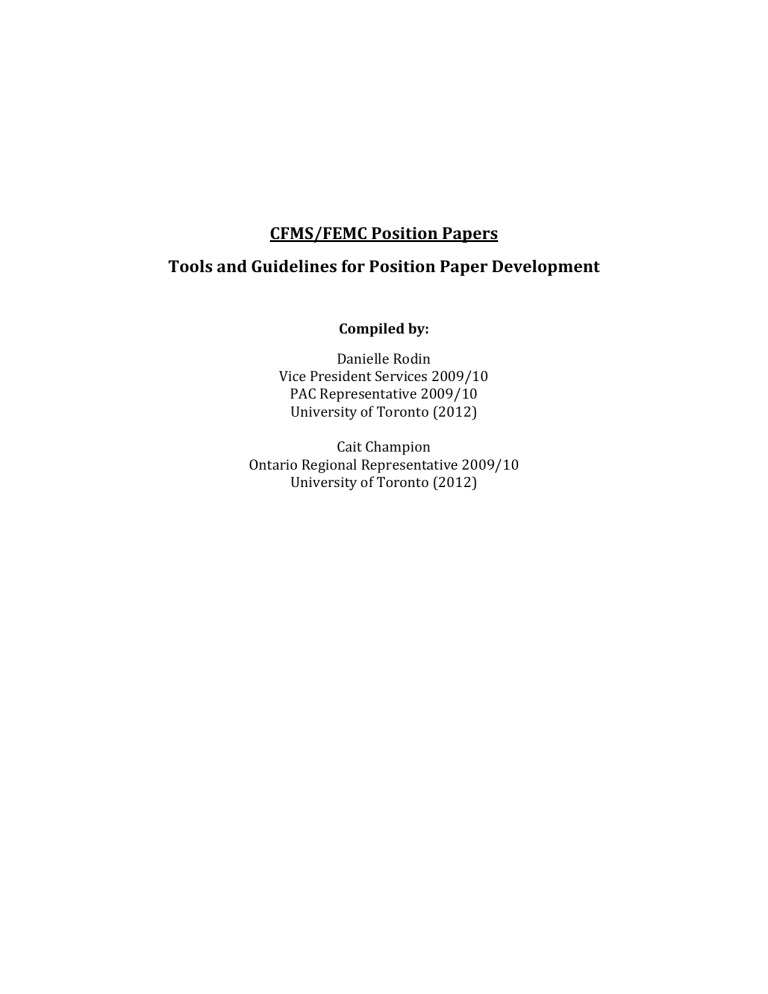
CFMS/FEMC
Position
Papers
Tools
and
Guidelines
for
Position
Paper
Development
Compiled by:
Danielle Rodin
Vice President Services 2009/10
PAC Representative 2009/10
University of Toronto (2012)
Cait Champion
Ontario Regional Representative 2009/10
University of Toronto (2012)
Position Paper Guidelines
A position paper should present the basic, relevant information known about a problem, and should conclude with a recommendation. It should be based upon a clear understanding of the goals that the authors want to attain and should be presented in a concise manner. The position paper should be thought of as an executive summary that can stand alone from the supplemental material.
The basic format of the position paper is presented below:
Problem History
A.
Background of the problem
B.
Current status
Problem Definition:
C.
Statement of the problem
D.
Identification of the actors involved
E.
Impact and importance of the problem, both generally and specifically for the organization for whom the paper is being written
Recommendations
F.
Description of policy recommendations
G.
Rationale for recommendations
H.
Options for implementation, with an emphasis on specific, actionable items by the organization
End Material
I.
References (APA format)
Suggested Length: 2 pages (maximum 3), single‐spaced
Supplementary Material
This section is intended to provide a more detailed discussion of the evidence. There is no page limit on this section.
Please consider the following questions in drafting your position paper:
Is the problem adequately contextualized?
Are prior efforts to resolve the problem listed and evaluated, both by this organization and others?
Is the significance of the problem highlighted?
Have the relevant individuals or organizations pertaining to governance around this issue been properly identified?
What are the consequences if the problem is not addressed?
Are all the relevant constraints taken into account? Has feasibility been considered?
Starting the Position Paper Process
Before embarking on the position paper writing process, it is important to have a well developed outline and a clear goal and position identified. The following
Policy Cycle 1,2,3 used for the development of policy position papers may be applied to the development of position papers to be approved by the CFMS. It is a guide, not a prescription, so please refer to this cycle as it helps you to organize the construction of your paper.
6.
Position Paper
Approval Process
5.
Drafting your
Position Paper
Problem Definition/Agenda Setting:
Show that a problem exists that requires action.
Constructing Policy Alternatives/Policy Formulation
Consider all possible solutions. Remember that it can be difficult to achieve the
“ideal” alternative, so try to focus your search on the most reasonable and realistic policy alternatives for the context.
Choice of Solution/Selection of Preferred Position
Evaluate each option and choose your preferred one. The following criteria may be
applied in your decision:
Effectiveness: Will this alternative produce the desired outcome?
Efficiency: Based on a cost‐benefit analysis, how will this option affect the target groups?
1 Pal, Leslie A. (2000) Context for Policy Analysis . Unpublished Open Society Institute Seminar Notes.
2 Bardach, Eugene. (1996). The eight step path of policy analysis: A handbook for practice.
Berkeley:
3
Berkeley Academic Press.
Young, Eoin and Lisa Quinn. (2002).
Writing effective policy papers: A guide for policy advisors in
Central and Eastern Europe.
Open Society Institute.
Equity: Is there a fair distribution of costs and benefits?
Feasibility/Implementability: Is there a suitable administrative/political/legal framework in place to allow for effective and efficient implementation of this option?
Flexibility/Improvability: Does this option have the flexibility to be changed to suit other possible situations or allow for improvements?
Design
How will you construct recommendations to achieve your desired outcome?
Drafting your position paper and supplemental material
A position paper is different from an academic paper in that its focus is on the applicability of research findings. The supplemental material must be used to argue for a specific set of recommendations to address the problem. It is important to strike a balance between providing a comprehensive problem description to allow for informed evaluation and including only the relevant knowledge and data necessary to support the argument.
Position Paper Approval Process
Be prepared to accept modifications and suggestions. Position papers are often collaborative and the final product is most likely to finally get approved once it has gone through many iterations.


